What's the Difference Between Absolutes and Essential Oils?

At Edens Garden, we offer a variety of oils obtained using different methods. Two of these methods include steam distillation and solvent extraction. Solvent extracted oils produce what we call “absolute oils.”
So, what’s the difference between oils obtained via steam distillation and solvent extraction? In today’s blog our resident aromatherapist breaks down what you need to know about absolute oils, answers how essential oils compare to absolutes and why absolutes are worth having in your aromatherapy collection. Read on to learn more.
Different Methods Of Extraction
Edens Garden offers aromatherapy oils obtained using four different methods, including steam distillation, solvent extraction, CO2 extraction and cold pressing. Each method produces oils that are slightly different.
Here’s how our oils are obtained using these methods.
Steam Distillation
The most common way essential oils are produced is through steam distillation. Not all steam distillation units are created equally. They can vary in shape, size, material, etc. However, they all share a similar mechanism.
In steam distillation, plant material is placed in a still. Water is added, then heat is applied to the unit. As water heats, plants release their essential oil. The oil rises with steam droplets that are sucked into a pipe. The oil and water (hydrosol) are joined at this point and then separated.
Solvent Extraction
In solvent extraction, a solvent is combined with plant material. The solvent draws the oil out of the plant material, and the solvent and oil are then carefully separated. Oils produced from solvent extraction are referred to as “absolute oils”.
Certain plant materials are better suited for solvent extraction, such as flower petals. Steam distillation and cold-pressing can be detrimental to delicate flowers, producing an oil with an undesirable aroma or lesser quality. In some cases, solvent extraction also produces more oil than with other methods of production.
At Edens Garden, we offer a handful of 100% pure absolute oils — Rose, Jasmine, Osmanthus and Tobacco.
CO2 Extraction
CO2 oils use supercritical carbon dioxide to extract oil from plant material. But what does that mean? Let’s break it down.
Supercritical CO2 refers to carbon dioxide gas that’s pressurized into the density of a liquid. Just as chemical solvents are used to extract oil from plant material, supercritical CO2 acts as the solvent. However, unlike chemical solvents which must be carefully separated from the oils they produce, carbon dioxide is separated from the oil by simply being returned to its gaseous state, leaving behind no trace of solvent.
Click here for a visual on how CO2 extraction works.
Cold Pressed
As with solvent extraction, certain plants are better suited for cold pressing, like citrus fruits. Citrus can be difficult to steam distill because they produce non-volatile particles (like natural waxes) which can clog the still in steam distillation.
Cold-pressed citrus also generally produces a more desirable aroma in oils. On the other hand, the phototoxic furanocoumarins that occur naturally in certain citrus fruits remain intact in the cold-pressed oil. In steam-distillation, the furanocoumarins are filtered out.
A cold press works by pricking the citrus rinds, causing the essential oil to be released. Some fruit juice is also released in the process. The oil and juice then drip down into a container and are separated in a centrifuge.
Essential Oils Vs Absolute Oils
Essential oils and absolutes from the same plant can have characteristics and chemical makeups that vary slightly or vary a lot.
Steam distillation produces volatile essential oils made up of smaller molecules which may dissipate quickly when exposed to air. Solvent extraction on the other hand produces oils with heavier molecules–this is why many absolutes are often thicker than essential oils. Because of this, certain molecules that naturally occur in plants are too large and therefore don’t appear in the oils that steam distillation produces, but they will appear in absolute oils.
With that in mind, here are the differences between the absolutes we offer and their essential oil counterparts.
Rose
We offer both Rose absolute oil and Rose essential oil, also known as Rose Otto. Comparing the two side-by-side, the first thing you might notice is their difference in aroma. Rose Otto is much greener and earthier than Rose absolute. On the other hand, Rose absolute has a true-to-rose aroma–very floral, sweet and soft.
This is primarily due to the chemistry of the oils. Rose absolute is rich in naturally occurring phenylethyl alcohol (PEA) which is a heavier molecule that gives roses their lovely aroma. On the other hand, Rose Otto is high in citronellol and geraniol.
Both these oils are from the same botanical, Rosa damascena but Rose oils may also be obtained from the rose botanical Rosa centifolia.
When it comes to uses, both Rose Otto performs better over Rose absolute in the following areas:
-
Nourishing skin
-
Brightening dark circles
-
Promoting youthful-looking skin
-
Inflammation
On the other hand, you’ll want to reach for Rose absolute for the following:
-
Mood-boosting
-
Perfumery
-
Stress & anxiety
-
Pain
Jasmine
Unlike Rose absolute, Jasmine absolute does not have a commercial essential oil counterpart. This is because Jasmine flowers are simply unable to produce an oil by steam distillation, therefore, the solvent extraction method is used to produce an absolute.
Note that many companies in the aromatherapy industry offer “Jasmine essential oil” which is solvent extraction and should therefore be labeled as an absolute.
Jasmine oil receives its beautiful, sweet and floral aroma from naturally occurring aromatic compounds such as alpha-farnesene, benzyl alcohol and linalool.
The most common uses for Jasmine essential oil include:
-
Nourishing skin
-
Reducing fine lines
-
Promoting glowing skin
-
Inflammation
-
Aphrodisiac
-
Soothing soreness
Osmanthus
While Osmanthus flowers are able to produce an essential oil via steam distillation, Osmanthus essential oil is not commercially available.
Still, GC/MS tests have been performed on Osmanthus essential oil and have shown that its naturally occurring fragrant compounds are much different than those yielded by solvent extracted Osmanthus oil. For example, Osmanthus essential oil is characterized by its trans-linalool oxide content, whereas Osmanthus absolute is known to be rich in geraniol and beta-ionone.
Osmanthus is a floral, fruity, tea-like oil with notes of black pepper. It is beloved for its incredible aroma, and often added to the following high-end, natural products:
-
Moisturizers
-
Serums
-
Cleansers
-
Perfumes
-
Room sprays
Tobacco
The best method of obtaining Tobacco oil is often debated, but we’ve chosen to offer Tobacco absolute for its superior aroma and quality.
Studies comparing Tobacco absolute and Tobacco essential oil have shown that both oils share similar chemistry, but that the amount of the components they share vary widely.
While Tobacco essential oil and Tobacco absolute are often used interchangeably, Tobacco absolute is preferred for the following applications:
-
Perfumes & colognes
-
Boosting confidence
-
Curbing cravings
-
Protecting from insects
Our 100% pure, nicotine-free Tobacco absolute oil is natural, soothing and unadulterated, the way nature intended Tobacco.
This Or That
We offer a wide variety of oils that might seem similar, but it’s where they’re harvested, how they’re obtained and what botanical they come from that makes all the difference. Learn more about our essential oil varieties in our “This or That” series of blog posts to find the oil that best suits your needs.
Sources:
-
International Federation of Essential Oils and Aroma Trades. “Jasmine: An Overview of Its Essential Oils Sources.” Perfumer & Flavorist, 28 Jan. 2019, www.perfumerflavorist.com/fragrance/rawmaterials/natural/Jasmine-An-Overview-of-its-Essential-Oils--Sources-504866941.html.
-
Hu, Chun-Di. “Determination of Essential Oil Composition from Osmanthus Fragrans Tea by GC-MS Combined with a Chemometric Resolution Method.” MDPI, 11 Feb. 2010, www.mdpi.com/1420-3049/15/5/3683/htm.
-
Shroff, Ankita. “What Is the Standard Extraction Process of Tobacco Essential Oil from Dried Tobacco Leaves?” ResearchGate, 30 May 2018, www.researchgate.net/post/What-is-the-standard-extraction-process-of-tobacco-essential-oil-from-dried-tobacco-leaves.
-
Zhang, Xianzhong. “Extraction of Essential Oil from Discarded Tobacco Leaves by Solvent Extraction and Steam Distillation, and Identification of Its Chemical Composition.” ScienceDirect, 1 Sept. 2012, www.sciencedirect.com/science/article/abs/pii/S0926669012001082.
Grab The Essentials Here:
Leave a comment (Comments will be approved before showing up)
6 comments
Lloyd
I got Tobacco absolutely can I put this in my diffuser? also in my aromaride car diffuser.And also Reed essential oil diffiser?
Tynell Payne
I on a serious search for some specific oils and an absolute. Please help. Tuberose that actually smells like and has the effects of tuberose, quiet incense, Egyptian absolute, creamy sandalwood
Edens Garden
Hi Lana! Thank you for your feedback. We don’t have a printable download at this time but you can print the webpage 😊
Lana
I found this article very informative. I wish it was printable.
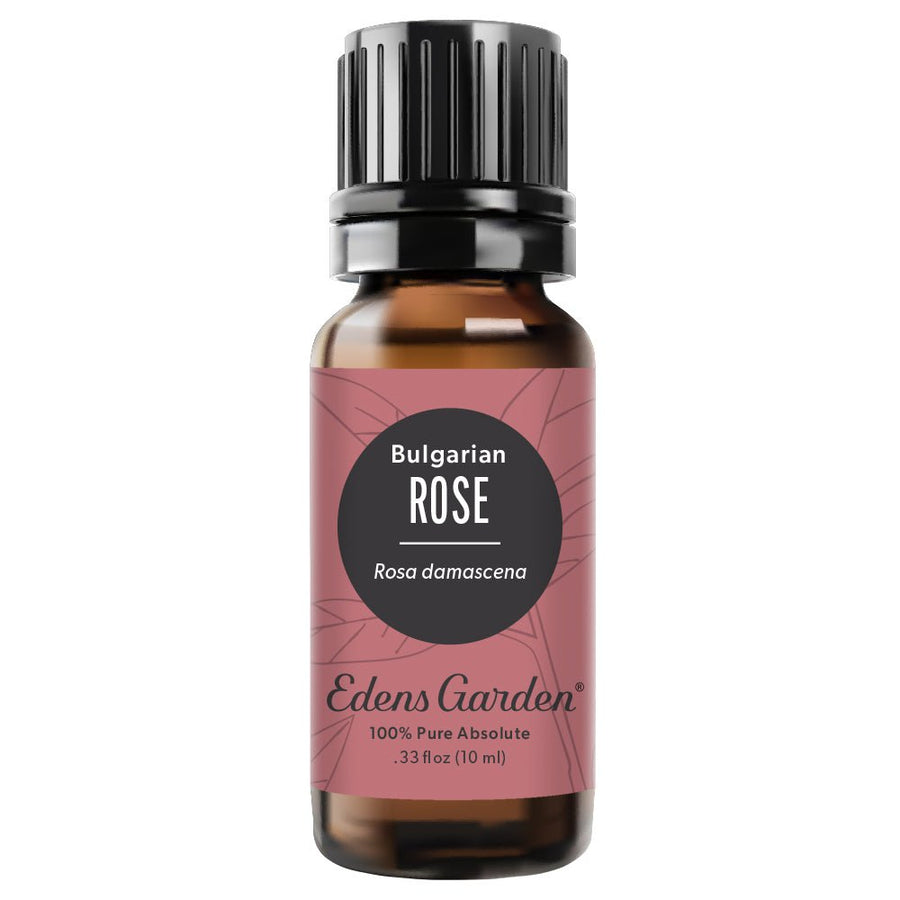
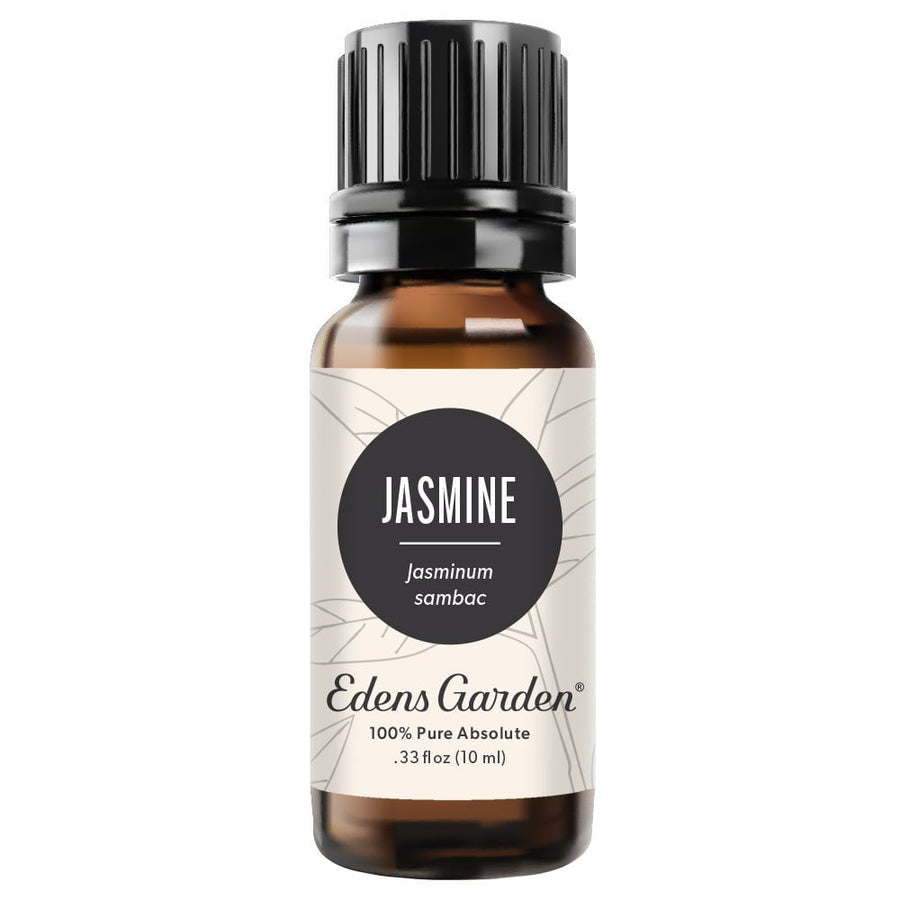


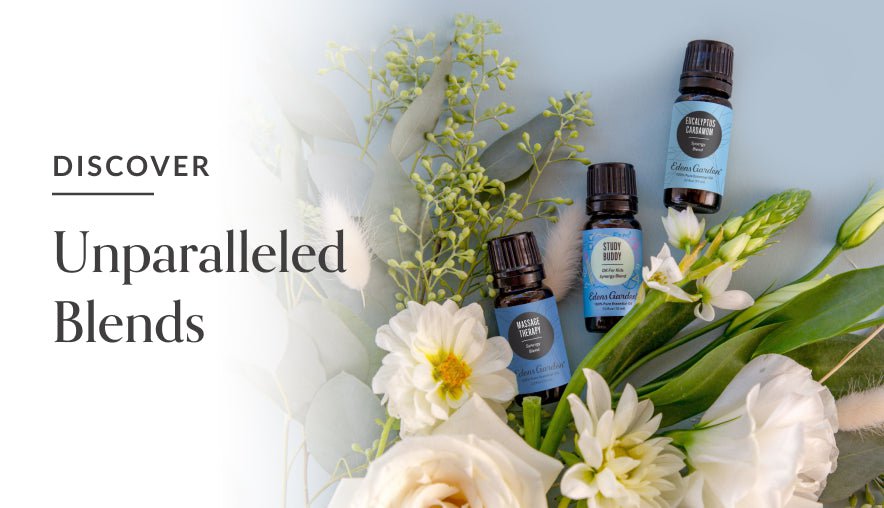
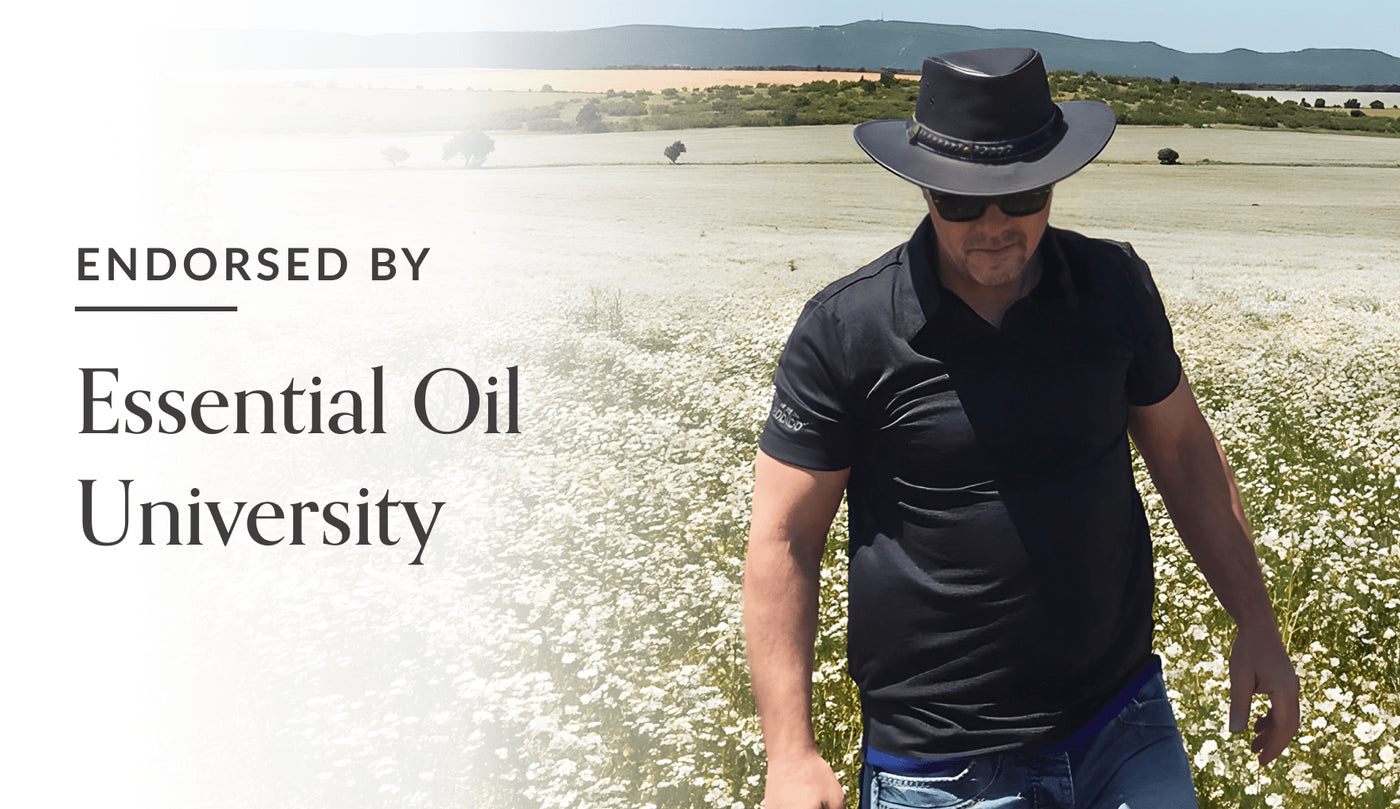
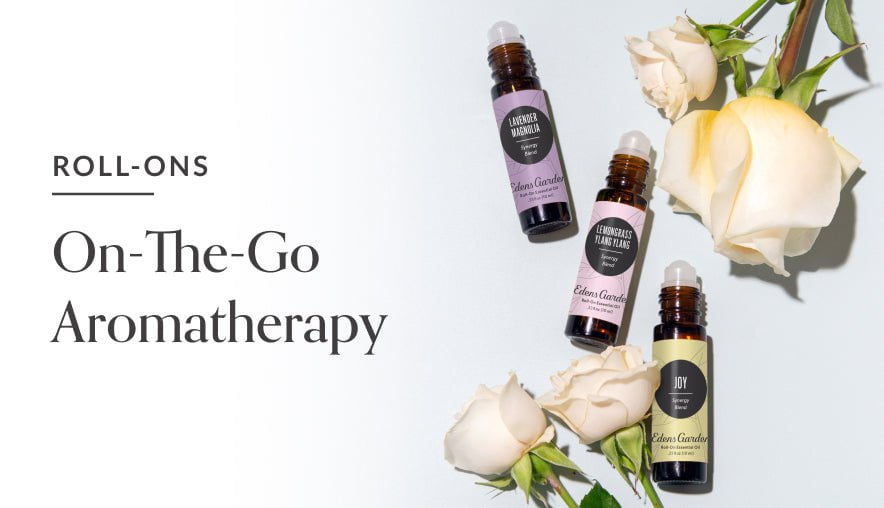
Edens Garden
April 1, 2024 at 11:33 am
Hi Lloyd, Tobacco Absolute may be used in your Reed Diffuser and Car Diffuser. However, we recommend mixing with a thinner oil when using in your ultrasonic diffuser. Since this is a thicker oil, it does have the potential to be clogging if used alone. By mixing it with a thinner carrier oil, you can experience the wonderful aroma of Tobacco Absolute while ensuring the smooth operation of your diffuser. Trying mixing with a thinner oil such as Cedarwood, Vanilla or Lavender.